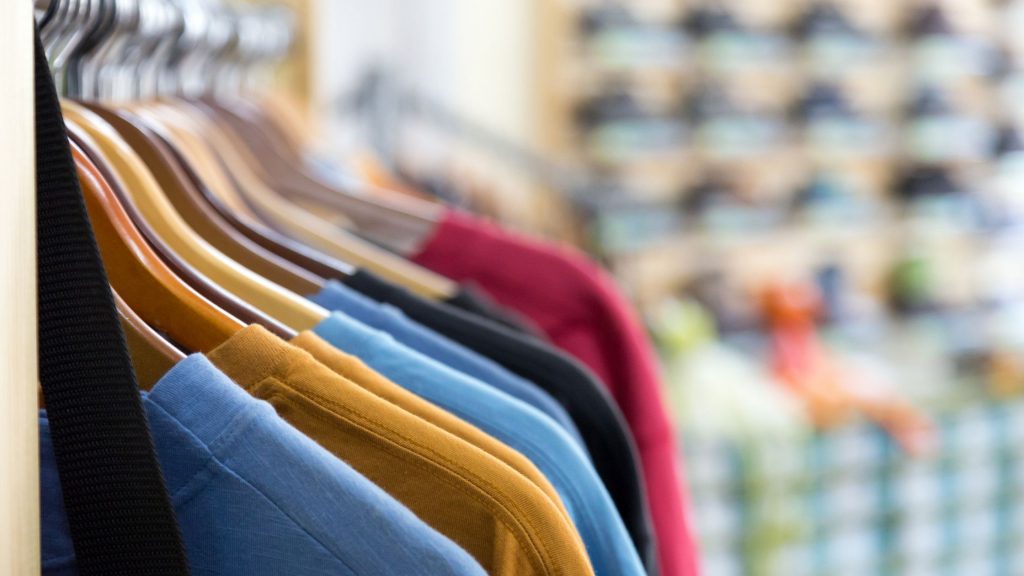How fashion retail operations have needed to adapt post-COVID
Content
Retailers and brands had to deal with considerable constraints on their business as the COVID pandemic unfolded. Some of these constraints will remain dominant factors in retail for many years to come.
Although we want to think that these events are an exception rather than a rule, retail operations should include resilience and contingency planning as part of their overall strategy. Recent research suggests that market-wide disruptions can wipe out one year’s worth of trade very decade. Therefore, planning for these risks helps retailers and brands reduce their losses.
During the past months we saw a big shift towards online shopping and digital retail experiences. Moreover, according to BCG, more than 40% of online grocery shoppers during the pandemic were first-time online shoppers and 90% of those shopping online were satisfied and comfortable with the experience. This makes it likely that the shift towards e-commerce will persist in the next years.
Within Europe, online fashion sales went from a 16% share of the total in 2019, to 26% in 2020, during the pandemic, and this level is expected to remain at around 22% even after customers joyfully return to physical shopping. Before the pandemic even hit, some 42% of millennials reported that they preferred online shopping to physical retail, so we can expect this shift in shopping habits will continue.

Successful coping strategies in fashion retail operations
“…fashion leaders must finally resolve long-standing structural issues, closing unproductive stores and renegotiating rent terms across their portfolios.”
- Luxury spaces – focusing on the luxury segment, providing individual shopping experiences
- Appointment shopping – across all segments, shopping appointments proved profitable with a concentration on shoppers who are there to buy.
- In-store fulfilment/Digital fulfilment – Online orders are filled in local stores and delivered to local customers.
- Flexible working spaces – several retailers have opened their store spaces to remote workers as flexible workspaces.
- Additional services (shoe repair, key cutting) – several stores have experimented with revenue-stacking approach of offering additional and related services such as shoe repair in shoe stores.
- BOPIS (Buy Online Pickup In Store), a.k.a., ‘click-and-collect’ – customers can order online and pick up from a store of their choice, making the experience efficient and convenient for all parties.
- Co-retailing – similar to the additional services (above), but with a broader range of services and other retailers who are not directly related to the ‘main’ service.
- Microboutiques – Harrods has started to experiment with smaller boutique stores in out-of-town locations.
- Digital – Physical Hybrid experience – this can encompass a wide range of possibilities including a virtual personal shopping experience, or physical stores that convert to an online order with home delivery.
Retail sales enablement and technology
“Each client advisor became a self-standing store with access to all the inventories throughout the zone, they could sell any product to anybody. So sales associates became store managers, a store managed by one person.”Louis Vuitton’s approach worked well because it was so customer-focused, and it leveraged what the brand did best; an exclusive and luxury experience. What made it even more effective was the use of technology to simplify and automate the selling process. In case you were wondering, it took Louis Vuitton’s developers just ten days to create this software.
Conclusion
However, after seeing the evolution of retail operations, pre- and post-COVID trends, there are a lot of unknowns to be answered. How will retail operations look going forwards? What will become of sprawling physical retail spaces, and how can brands offer real value to consumers – so that physical retail spaces can pay their own way?
